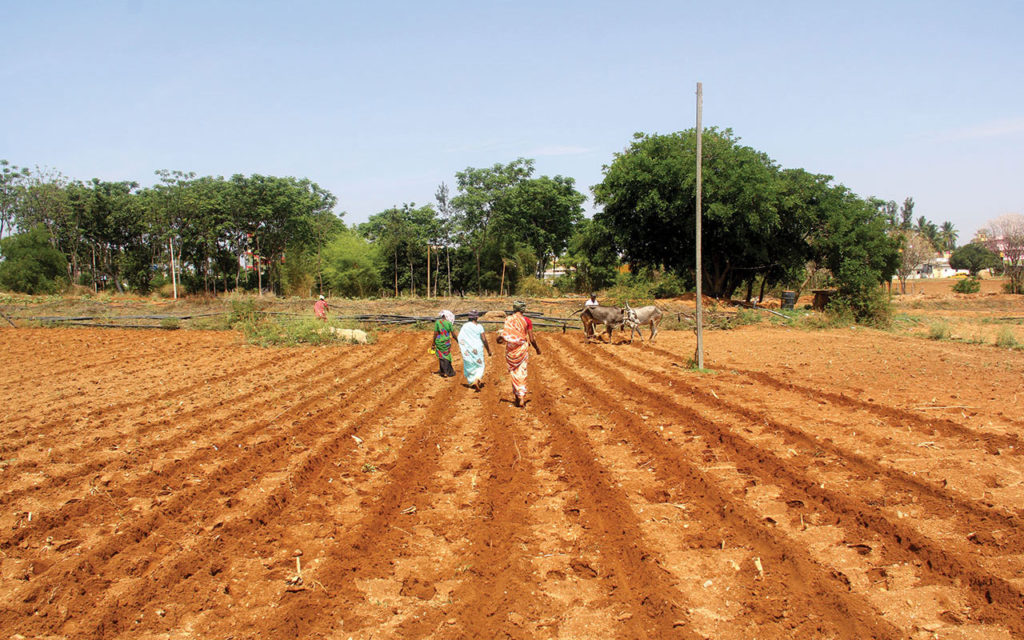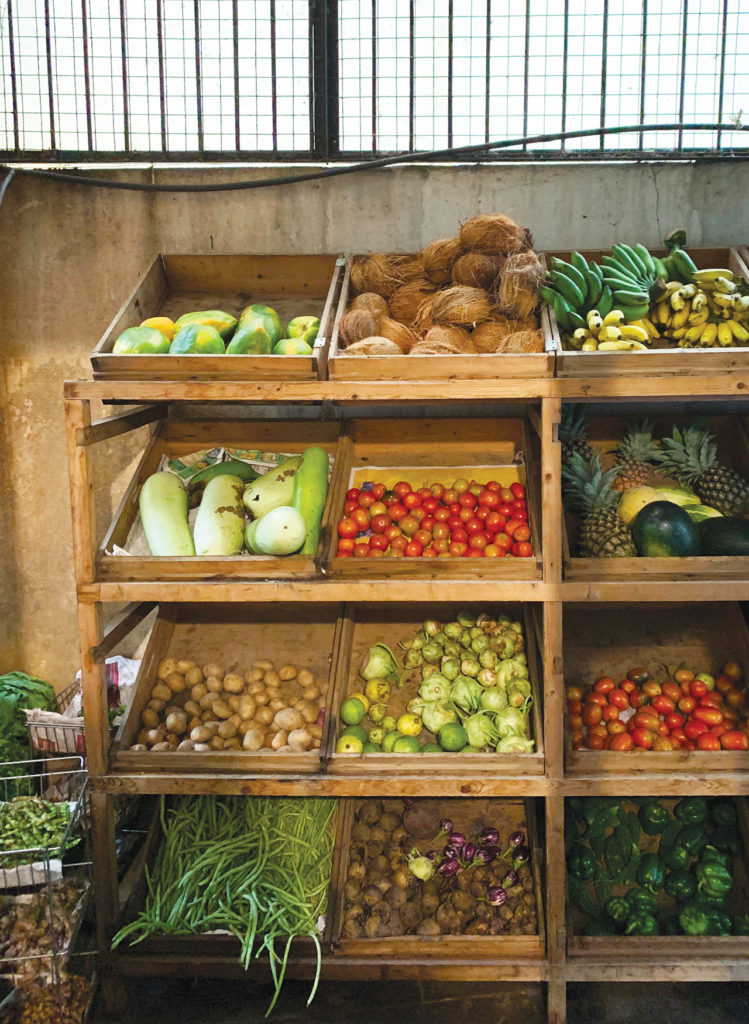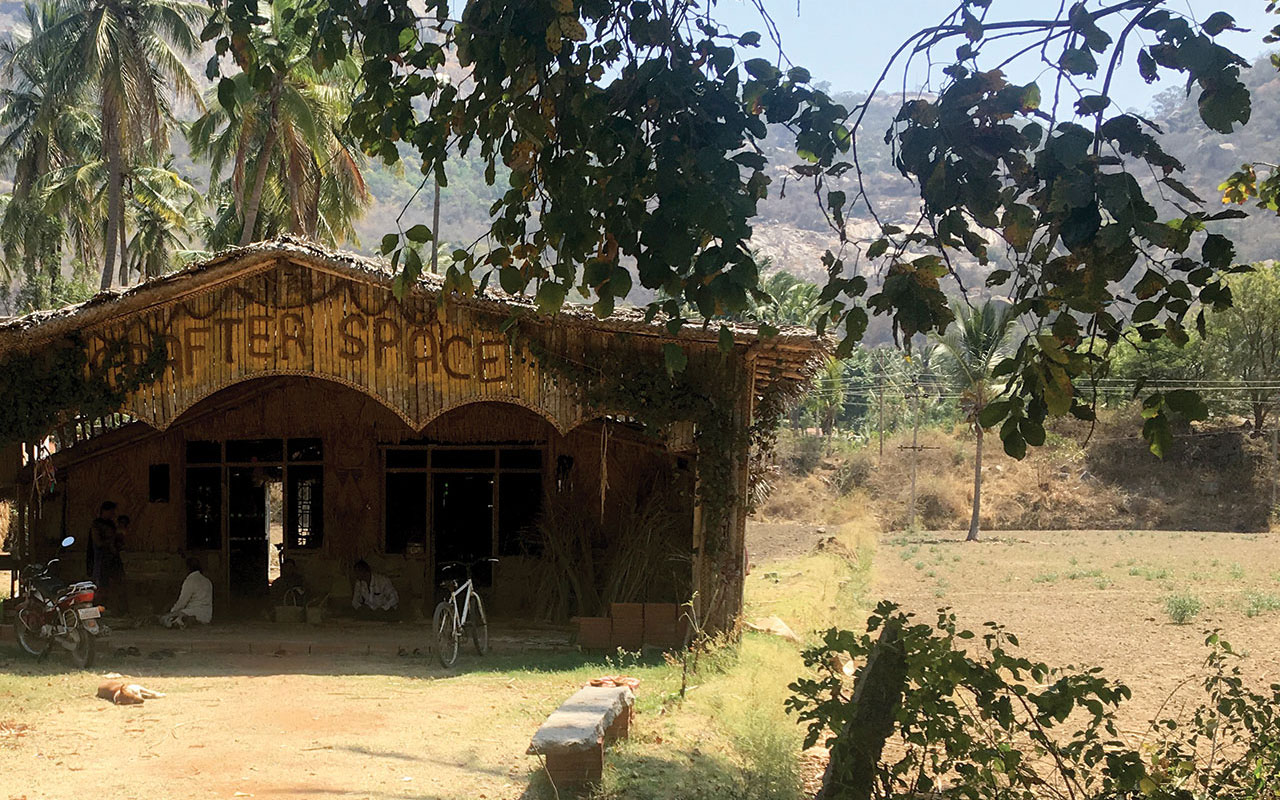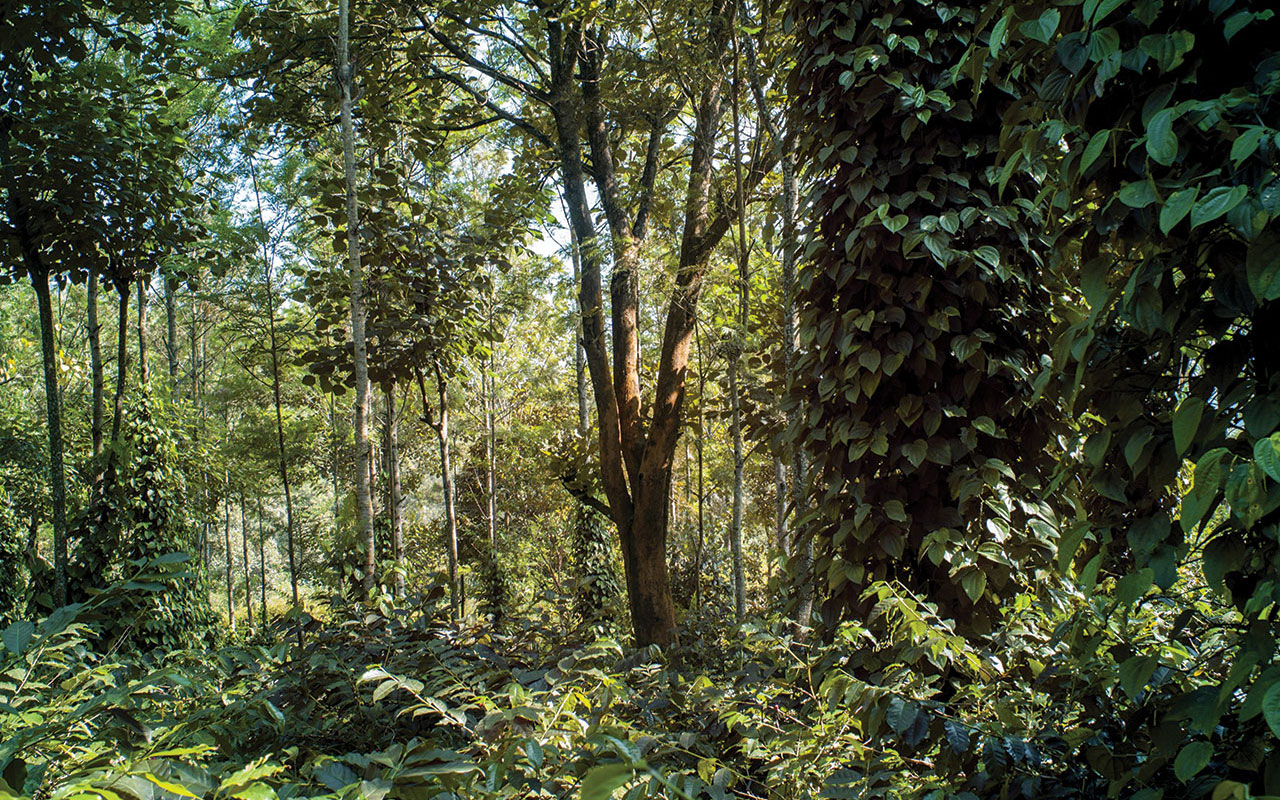
Partner Reflections
Vishalakshi Padmabhan
Buffalo Back Collective
A key challenge in imagining hopeful futures is to be able to do it with the communities that are typically excluded from future imaginations. How are they seeing their own futures? How do they want to play a part in creating those? A design led method presents a unique way in being able to open up new possibilities. For most farmers, technology and innovations are things that trickle down from universities or are explained to them by experts; in other words they are imposed on the farmers. Traditionally, this has been considered the safer way because these experts are also meant to have a larger view of new things that are happening. Agency for farmers has never been an active consideration in this process. However bringing design into this process is interesting because while there might not be in-depth knowledge of the intricacies and complexities of farming among designers, there is an openness to deeply engage with the farmers. It was still hard to engage with the farmers however, many of whom have pre-existing mind blocks, having only been exposed for years to the likes of agricultural scientists.
Even when we are constantly engaged with these communities, it takes a lot of time, years of relationship building for them to be able to open up and share. For example, we have been working with the women in a village for over two years now. Very recently, one of them, a young woman in her 30’s told me how she can identify 21 different indigenous herbs and leaves in the forest and how to cook them. Despite all that we had worked on together, she had not seen the value in sharing her deep knowledge about this. She didn’t see it as relevant to what we were doing. So how then do we get them to imagine for the future? Another example is of this young boy in my village who has a great relationship with all the cows and goats, but this is always ridiculed. He is told that this is useless and he should go to school and educate himself. This disconnect with their environment is only deepening.
The most significant deterrent to communities being able to share, is the systematic way in which experts have shunned their knowledge. And this has resulted in communities not valuing the knowledge they have. This deep knowledge, built from an intimate connection with the landscape and through generations is systematically being invalidated.
Even within farming, the notion that innovation – technology, growth, development – has to come from the world outside and not from within, seems to be cemented in now. And this has caused intrinsic harm, in the loss of imagination, creative thinking, being unable to think in abstraction, even amongst the young in villages, causing a deep disconnect with the reality of what is around them and what is actually important. In this context, thinking of hopeful futures becomes especially hard for these communities.

Lentil seeds being sown after the rains in a natural farming process in Magadi, Karnataka
To address this, we need to work with them longer and have deeper engagements. And this needs to happen at a local level and in response to local culture, values and practices. We need to find design prompts and probes that emerge from their everyday lives and routines. In this project, using actual objects as probes (rather than more abstract activities) helped. They could hold and feel these objects and that made them think beyond the objects themselves. Providing them potential scenarios of use for these objects, even if they weren’t meant to provide solutions, helped them engage and actually articulate their core problems, which they might not have been able to if simply asked.
A probe that we imagined would trigger discussions around consumer – farmer relationships was seen by them instead as a way to keep animals out of their farms. This for me, is a really useful way to get them to talk about the issues they face.
Another interesting thing about the probes we presented was how they were flexible enough to prompt different imaginations of how it could be relevant for the farmers. This is a contrast to what is typically done in technology first frameworks. Localised, decentralised technology that is built by people who are connected to a place, who have the inclination to understand what is actually needed, can be more useful, relevant and inclusive. Finally, I think, design processes and methods can bring farmers and consumers together and help them engage with each other, which will in turn make consumers more empathetic to the farmer’s context and challenges.

Buffalo Back Collective grocery store, Bangalore
In addition, in my own work with communities, there are a lot of things I have learnt from this approach. I have been using them formally and informally in my engagements with farmers and the larger community. Some of these approaches have been particularly helpful for me in engaging with children in the village; they are ready to imagine their futures and share their dreams.
How can we hope for a different future where technology emerges from the people who actually need and use it? So far, we have always worked with a top-down structure and this implies that we have to challenge the entire system, not just how technology is made. Just like it is not only about adopting organic farming. Actual transformation can come only with deep change in people’s lives, from each person figuring what they need and actively participating and driving the change needed for that.
The most crucial aspect of agriculture is the deep human connection with crops, soil, living beings. Unfortunately, agri-technology seeks to break that, to take away the deep connection between humans and the living ecology. It is alienating, and attempts to replace this human connection with machines. The current rage of sensors and sensing tech is also problematic; sensing needs deep connection, it needs observation, your human senses are deeply involved. Are we losing these senses to parameterised measurements? I remember a batch of students from an agricultural college using these soil thermometers, writing down parameters, without ever touching the brinjal plants they were studying. And to me, the brinjal plants just looked sad. The students first needed to be working with the soil and the brinjal plants, before bringing in their parameters and thermometers.
Agricultural solutions can only work at a local level. The problems we face today are because we haven’t allowed local systems to flourish, including deciding what seeds to sow and what crops to grow. Even that is decided at a state level based on some statistical projections, resulting in farmers just buying the seeds that are made available to them. Instead when decisions are made locally, it takes into account personal situations and perspectives and are sought to be built on a foundation of care. Maybe the urban way is to look at individual decision-making. But with agriculture, so much of it is based on shared resources and working as a community. Landholdings might be personal, but the choices you make can cause larger ecosystem-level damage. For example, the implications of an individual farmer’s choice to use GM seeds, when the larger community wants to use heirloom seeds. Of course there are issues with collective decision-making especially when it leads to further enhancing patriarchy and giving women no rights. But that does not mean that the solutions lie in individualising everything. When individuals can bring along larger communities, like some of our organic farmers, there could be nothing better. At a community level, the connection with soil and other resources is deep and it affects them personally. But now we are giving charge of these resources to external experts who do not have a stake in it, who do not comprehend the very personal vulnerabilities that the farmers have. What we have to do is to imagine and work towards different futures, that are pluralistic and embedded in place and community.





